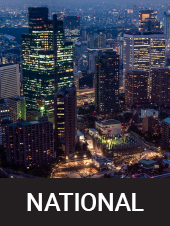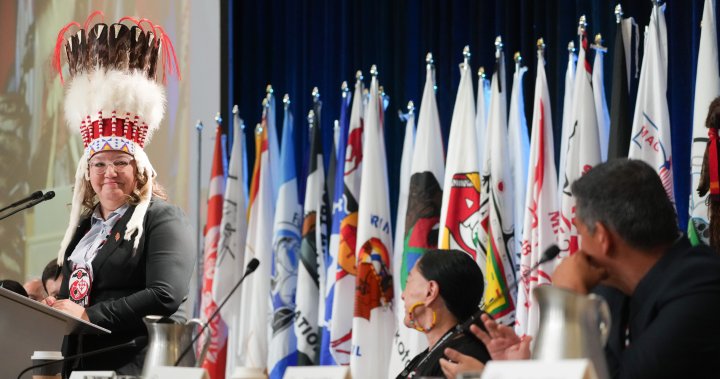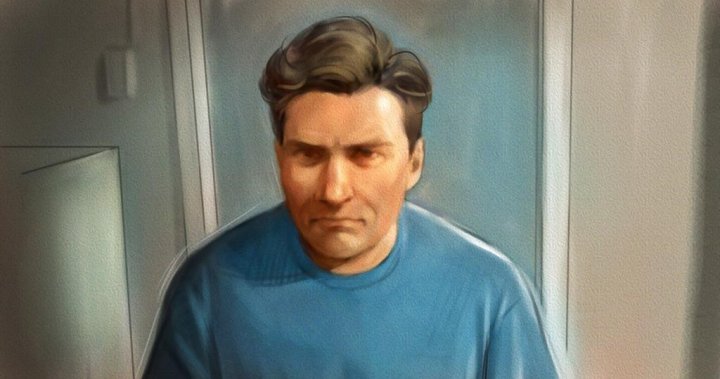A B.C. First Nation’s chief got an aerial view of the Chilcotin River landslide on Thursday and said it is an overwhelming sight.
Chief Willie Sellars of the Williams Lake First Nation told Global News that it is only a matter of time before movement starts happening on the slide.
“The weight, the sheer magnitude of it is really, you know, it’s breathtaking,” he said.
“And I’ve said it before, it’s emotional almost seeing it, just the impact that it’s having on the mental health and wellness of Indigenous peoples in the region, but also non-Indigenous people as well. I mean, it’s something.”
On Wednesday, a landslide blocked the Chilcotin River, which feeds into the Fraser River. The landslide is approximately 22 kilometres upstream from the Farwell Canyon Bridge and is estimated to be roughly 600 to 800 metres in length, 300 to 600 metres in width and roughly 30 metres in depth.
The landslide has dammed the Chilcotin River and water is pooling behind the debris. It is estimated that the water has backed up behind the dam approximately eight kilometres up the river. The material blocking the river is composed of sands, silts and clays, which are susceptible to rapid erosion, according to the provincial government.

Sellars said previous natural disasters has prepared the nation for the landslide, as best as they can prepare anyway.
Breaking news from Canada and around the world
sent to your email, as it happens.

Get breaking National news
For news impacting Canada and around the world, sign up for breaking news alerts delivered directly to you when they happen.
“The immediate response is people’s health and wellness, the mental health and wellness of those people,” he said.
“And moving from there we started looking at the impact on the fish, the impact on our cultural sites of… significance along the river, down into the Fraser.”
Sellars described the view of landslide as overwhelming.
“You can only hope that it starts toppling over and it (water) finds its way and it trickles through slowly,” he said.
“Because if the entire thing does release, there is going to be a lot of damage and a lot of work and a lot of, you know, impacted people and beings and territories downriver, not just in the Chilcotin, all the way down the Fraser into the ocean.”
Sellars said the situation makes him emotional as the land and the creatures are so close to the hearts, minds and spirit of Indigenous people in the region and across B.C.
© 2024 Global News, a division of Corus Entertainment Inc.






